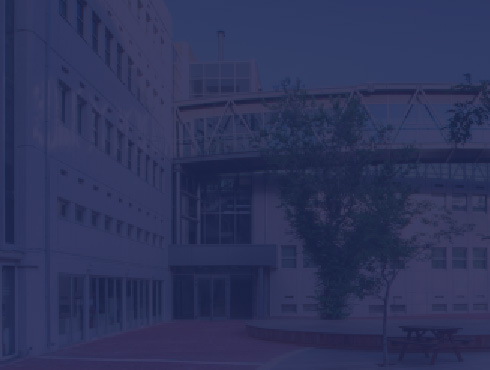Multi-stable metamaterials have a promising potential for applications such as shock absorbers, foldable structures and soft robotics. In this talk, I will present a study on the mechanics of a special class of multi-stable architected materials, namely 2-D lattices assembled of curved-beam bistable elements. A bistable element is a structure that has two stable equilibrium states separated by a non-stable state for a prescribed external load. Thus, depending on the mechanical constraints it may switch from one state to the other. This structural quality can be realized in various forms. In this study, we adopt the double curved beam (DCB) as the basic bistable block. Since the literature currently lacks a systematic analytical study of the behavior of 2-D arrays of bistable elements, the goal of the current contribution is to provide some insights based on numerical results using the finite-element (FE) method. To this end, several steps were adopted to validate the results, which were obtained with the commercial software ABAQUS. First, analytical analysis of a single curved beam was examined and compared to the FE results. Next, analytical and numerical models of 1-D bistable lattices were used as test-case for validation of the FE approach. Only after we have gained confidence in the numerical method, we proceeded to exploring the mechanics of 2-D bistable lattices. This investigation involved a large-number of simulations with various array-size and lattice geometries. In addition, different length-ratios (between the DCB and the connecting segments) were considered, covering the range from very small lattice deformations to finite lattice deformations that give rise to geometrical nonlinearities. The results reveal a wide spectrum of responses that can be obtained using the same bistable element as a building block but in different arrangements. Furthermore, quantitative insights regarding the influence of relevant parameters on the behavior of such systems are discussed
רכזות ההסמכה שלנו עומדות לרשותכם
רביד ישראל : me.ug.ad@technion.ac.il
רותם שפירא : me.teach.ad@technion.ac.il
א’-ה’: 15:30 – 8:30


